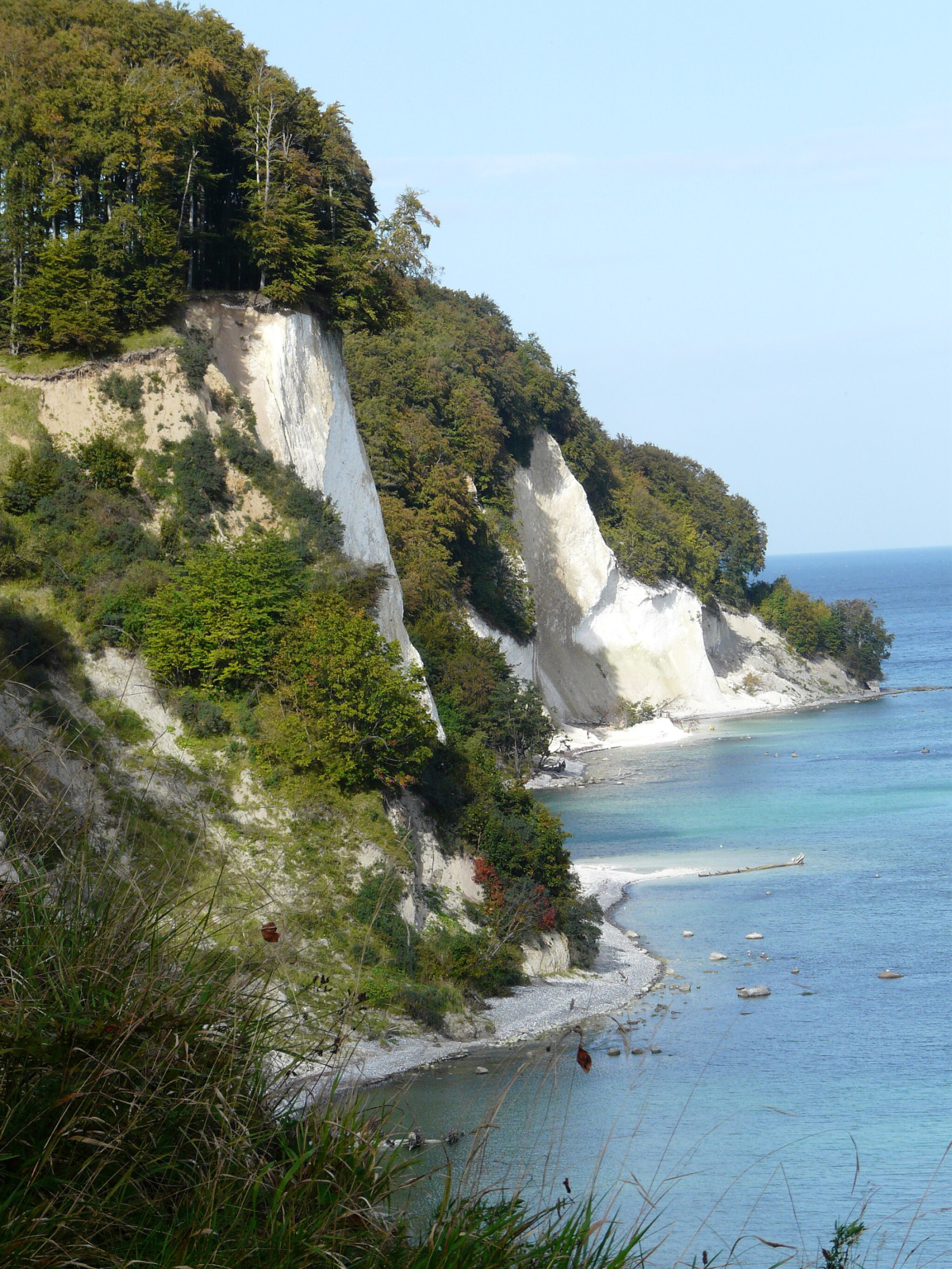Beschreibung
National park Jasmund is located in the east of the island of Rügen. It is famous for its impressive, millennia-old chalk cliffs and its rustic beech forests. The cliffs are the largest chalk cliffs in Germany, the highest of which is Königsstuhl (King's chair), rising to 118 m above the Baltic Sea.
Typical forest birds such as the Rotkehlchen can be observed here. But rarer forest birds such as Schwarzspecht can also be observed. Rarities that can be regularly observed here are Zwergschnäpper and Grünlaubsänger. In addition, the Wanderfalke breeds on the chalk cliffs.
Many migratory birds can be observed in front of the chalk cliffs, and for some time now the Basstölpel have also been seen frequently. It is not uncommon to see Prachttaucher and Seeadler here.
Details
Zugang
Nationalpark Jasmund is located on the Jasmund peninsula, in the northeast of the island of Rügen. Access is possible by bus, but only as far as the National Park Center. If you arrive by car you can park close to the National Park Center. Press P on the map for directions to the parking. The area itself can only be entered on foot. You can make a circular walk or just follow the coastline. The route that is shown on the map is the walk along the coast (7 km, one way).




